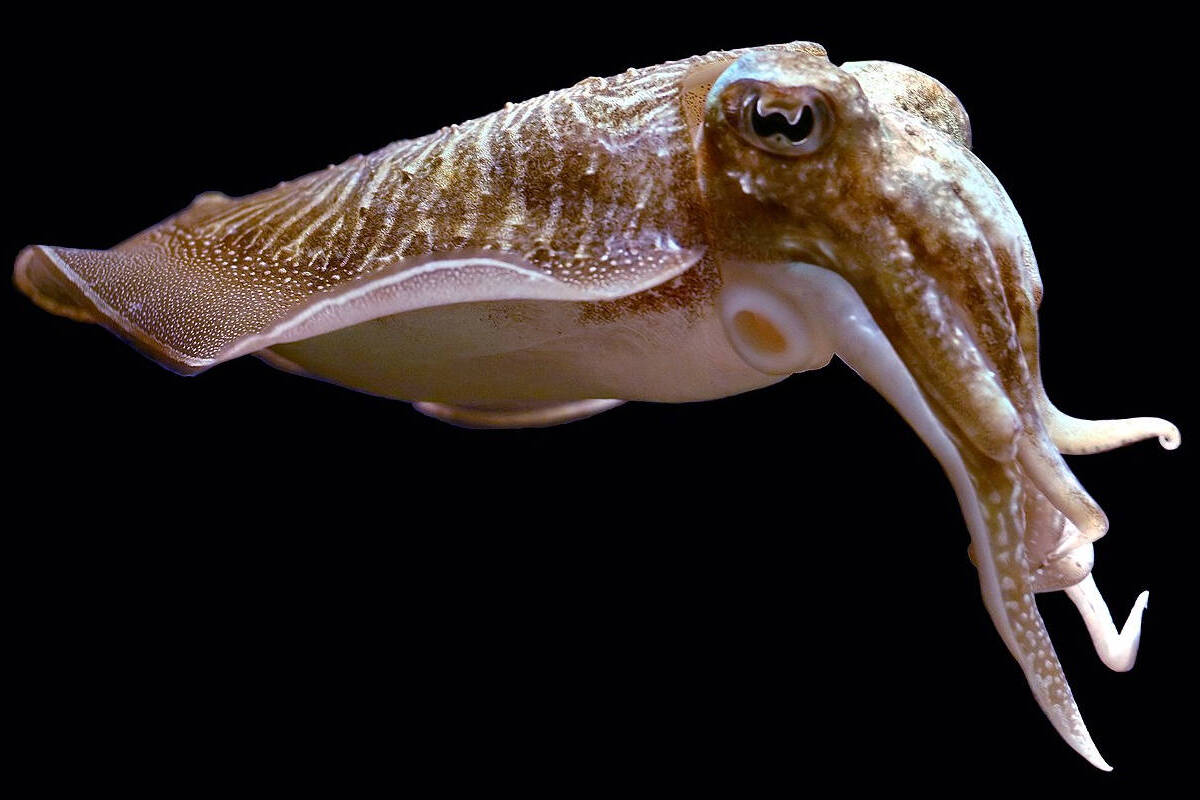Cuttlefish are fascinating marine creatures belonging to the class of cephalopods, closely related to squids and octopuses. They captivate observers with their unique appearance, high intelligence, and ability to change color instantly. These animals play a vital role in ocean ecosystems and continue to inspire scientists, engineers, and designers around the world. Although they may appear simple at first glance, cuttlefish possess complex anatomy and behaviors that make them remarkable. Here are some intriguing and educational facts about cuttlefish that you may not have known.
- Cuttlefish have a unique internal structure called the cuttlebone. This porous, calcium-rich bone helps them control buoyancy. Thanks to this adaptation, they can effortlessly rise or sink in the water column.
- These cephalopods can change the color of their skin almost instantly. Their skin contains specialized pigment cells called chromatophores, which expand or contract based on neural signals. This allows them to camouflage, communicate, and scare off predators.
- Cuttlefish possess highly advanced eyes and exceptional vision. They can detect polarized light and see well in low-light conditions. In some ways, their visual capabilities surpass those of many vertebrates, including humans.
- Although they do not have external ears, cuttlefish are highly sensitive to vibrations in the water. This helps them navigate, detect danger, and locate prey with precision. Their bodies can respond to subtle pressure and movement in their environment.
- Cuttlefish have ten arms, with two longer tentacles used for capturing prey. The remaining eight are used for locomotion and handling objects. Each arm is equipped with suction cups for a firm grip.
- When threatened, cuttlefish release a cloud of ink. This dark fluid acts as a smokescreen to confuse predators, giving the cuttlefish a chance to escape. The ink also contains compounds that can temporarily impair a predator’s sense of smell.
- Cuttlefish have relatively short lifespans, typically living one to two years. They grow quickly and reach sexual maturity within just a few months. Most individuals die shortly after mating and spawning.
- Their nervous system is highly developed. Cuttlefish are capable of learning, memory retention, and problem-solving. Studies show that they can navigate mazes, recognize shapes, and demonstrate both short-term and long-term memory.
- Cuttlefish have three hearts. Two pump blood to the gills, while the third circulates it through the rest of the body. Their blood is blue due to the presence of hemocyanin instead of hemoglobin.
- These animals can propel themselves above the water for short distances. They do this by expelling water from their mantle through a siphon, creating a form of jet propulsion. This allows for quick bursts of movement to escape danger.
- There are over 120 known species of cuttlefish. They are most commonly found in tropical and subtropical waters and tend to avoid colder or deeper ocean zones. They usually inhabit depths of up to 200 meters.
- Cuttlefish have the ability to regenerate damaged limbs. This is especially useful when escaping predators or surviving attacks. Lost arms can grow back fully functional over time.
- Their mating rituals are complex and highly visual. Males change color, display their arms, and perform movements resembling a dance to attract females. After laying eggs in hidden areas, females typically die.
- Cuttlefish have become a source of inspiration in robotics and artificial intelligence research. Their movement, sensory abilities, and skin adaptation are being studied for use in soft robotics and dynamic camouflage technologies. Their skin has inspired the development of flexible, responsive materials.
- In culinary contexts, cuttlefish are valued for their tender meat and ink, which is used as a natural food dye. They are especially popular in Mediterranean and Asian cuisines. Dishes made from cuttlefish are considered delicacies.
Cuttlefish are evolutionary marvels that combine intelligence, agility, and biological sophistication. These interesting facts highlight how extraordinary these sea creatures truly are. You may not have realized just how advanced and versatile cuttlefish can be. Learning about them not only deepens our understanding of nature but also inspires innovations in science and technology.





